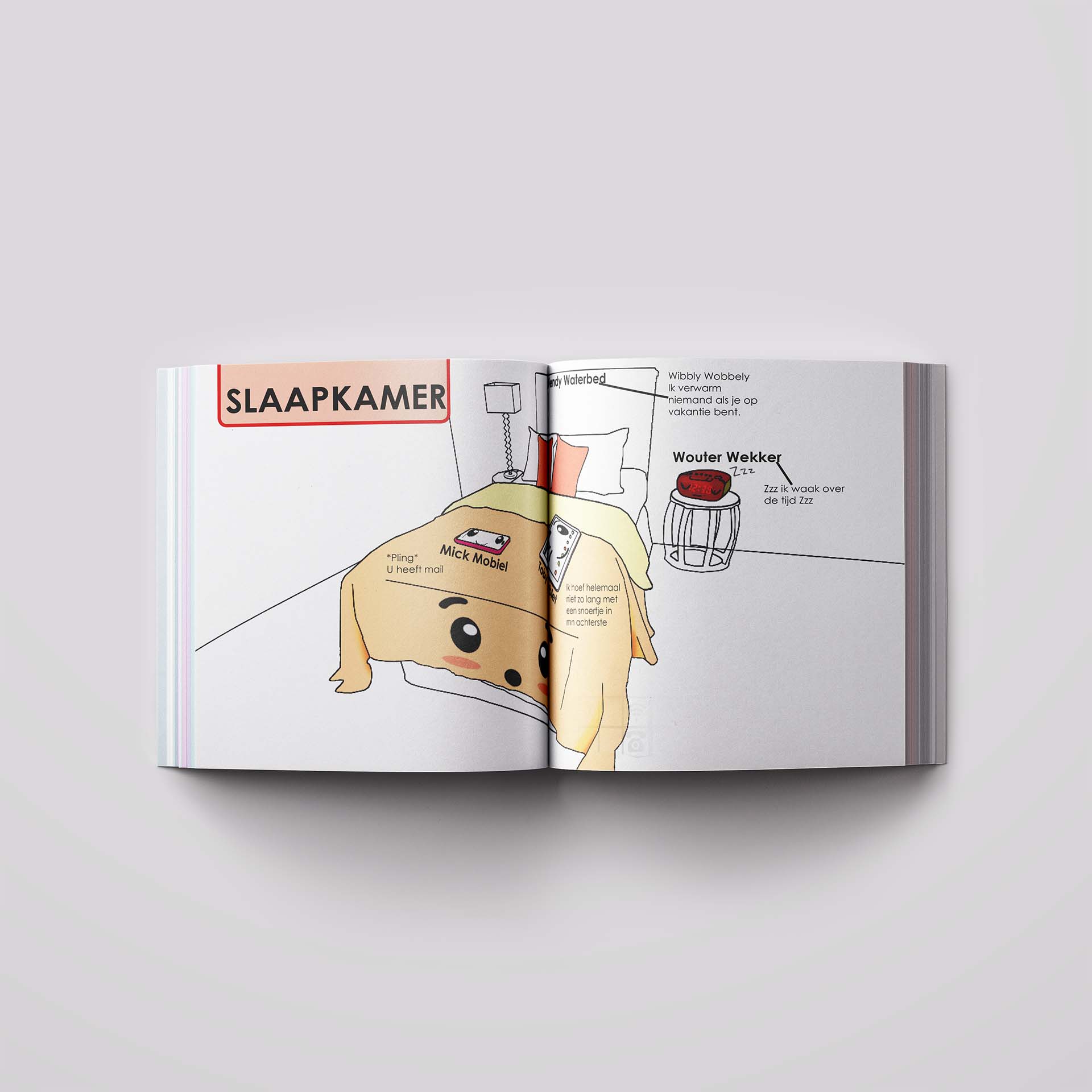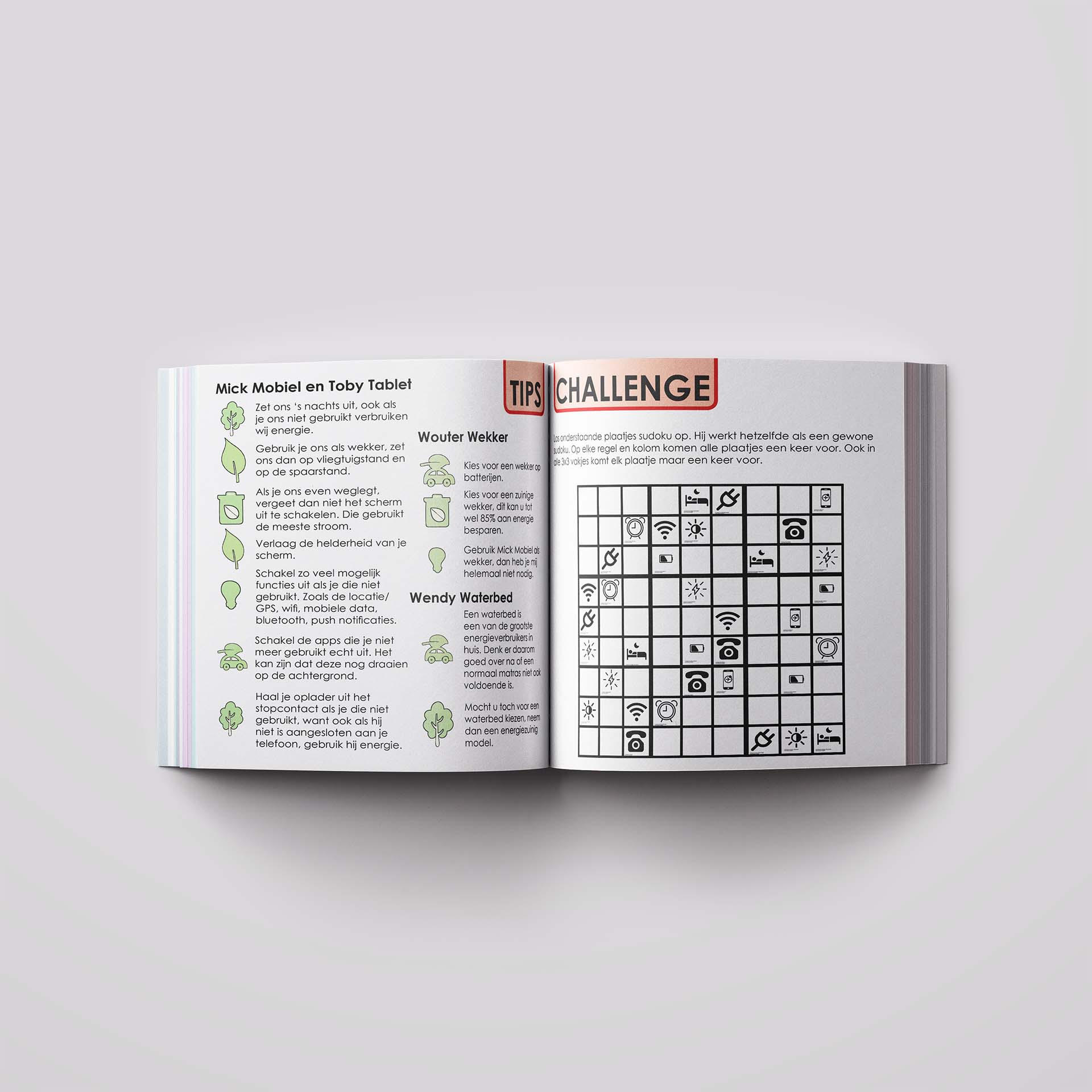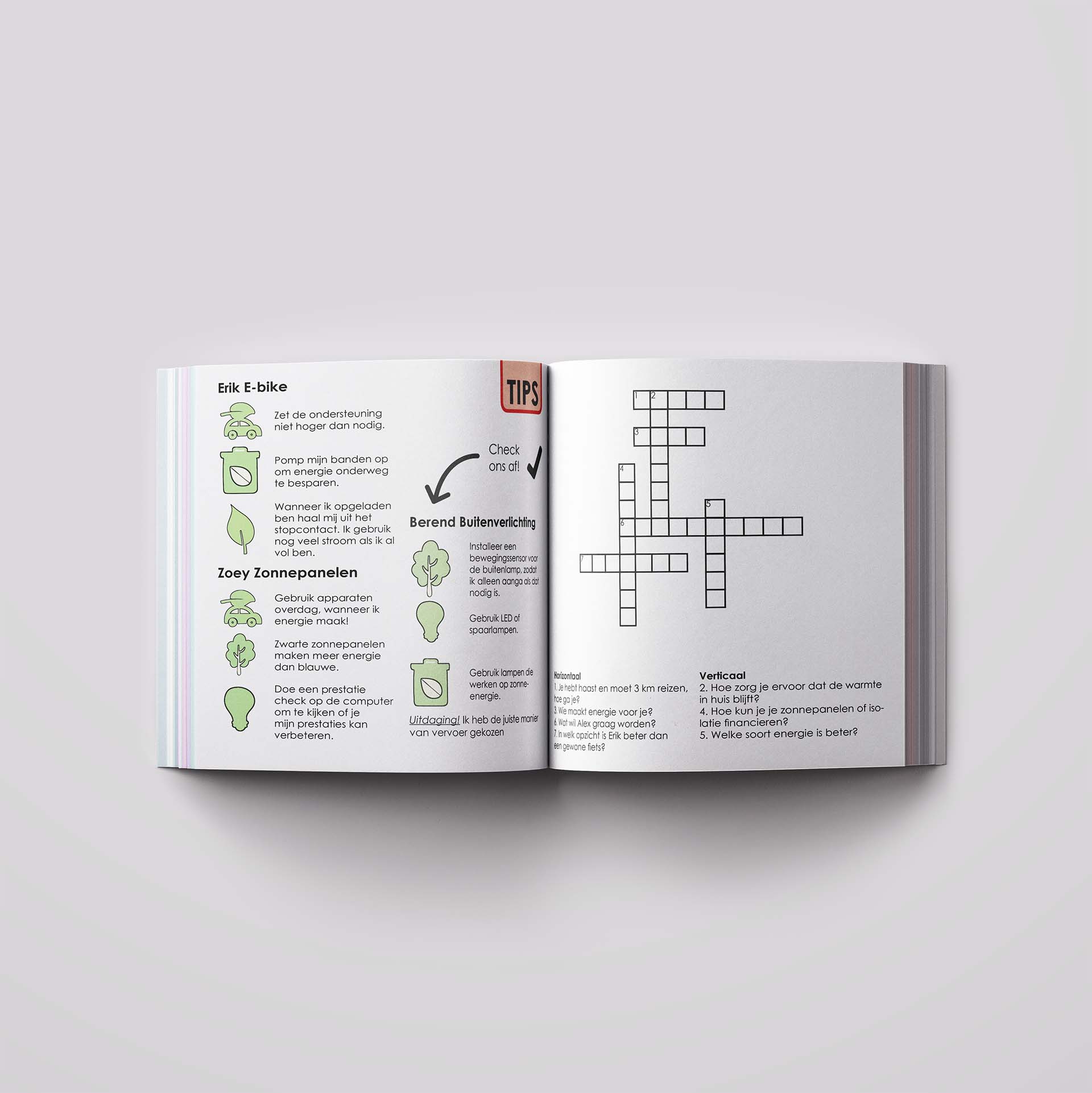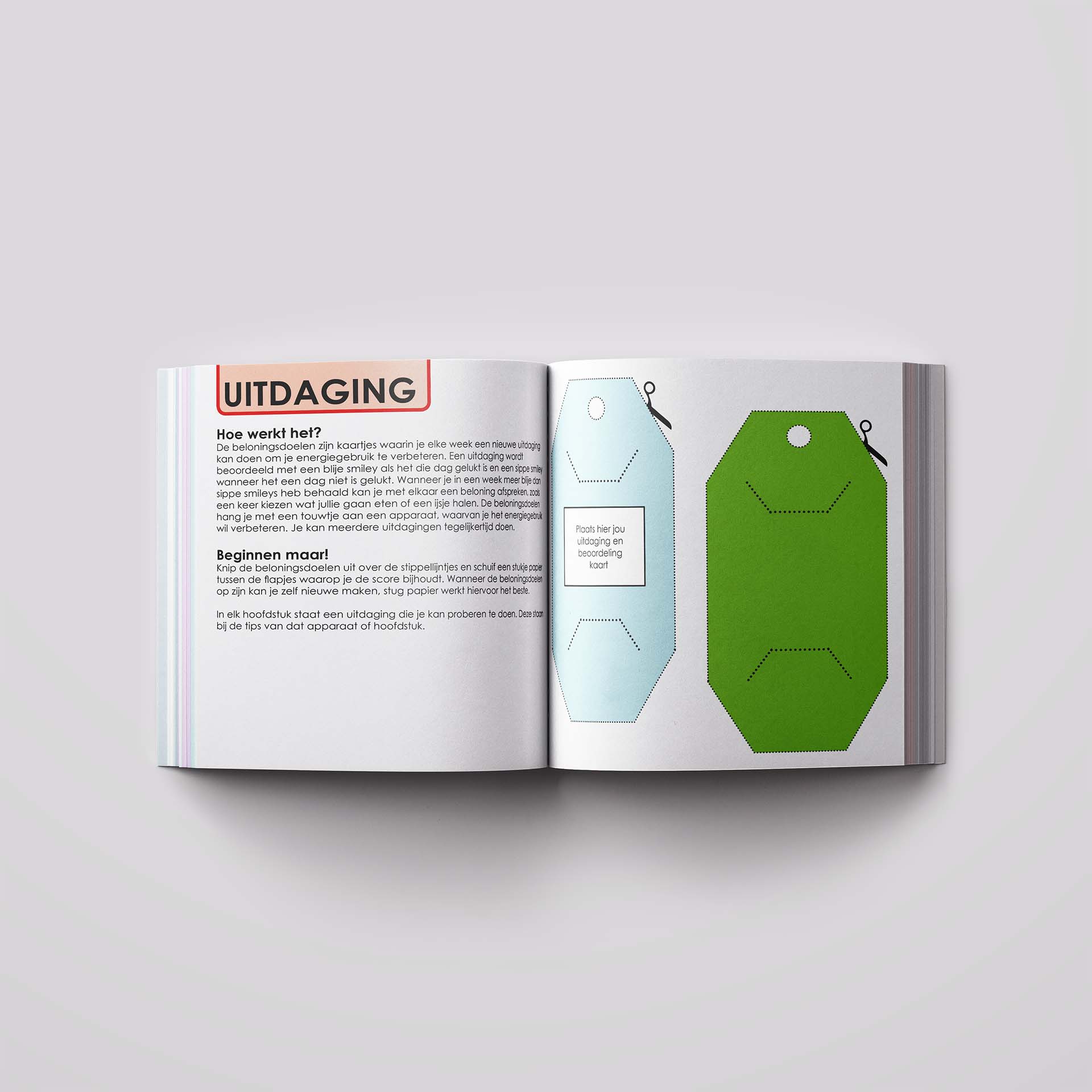CO2design
The municipality of Amersfoort wants to be completely CO2 neutral by 2030. This project was firstly started in Schothorst. An area of Amersfoort.
The students of the minor Co-design were asked to help the municipality with this project. The aim of the project was to make the people living in Amersfoort more aware of their CO2 footprint and what they could do to reduce this.
The students used co-design methods to solve the problem.
Probing
An energy schedule was created to understand how people use devices, thus energy, and what they think about energy. 7 people, who live in Amersfoort Schothorst, were asked to fill in the devices they use at a certain time and the reasons behind their decisions. This gave insight in their energy use and where energy could be safed.
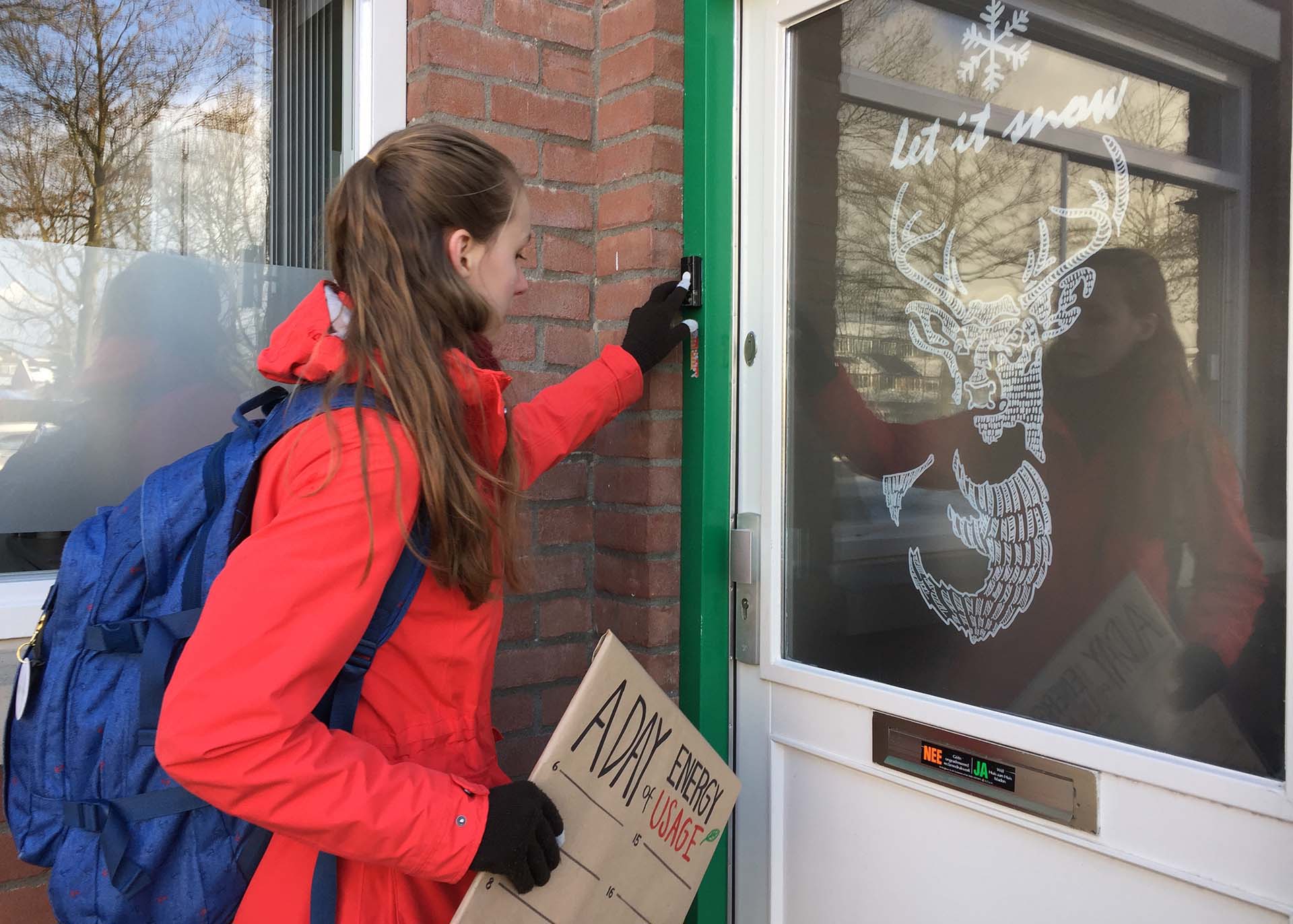
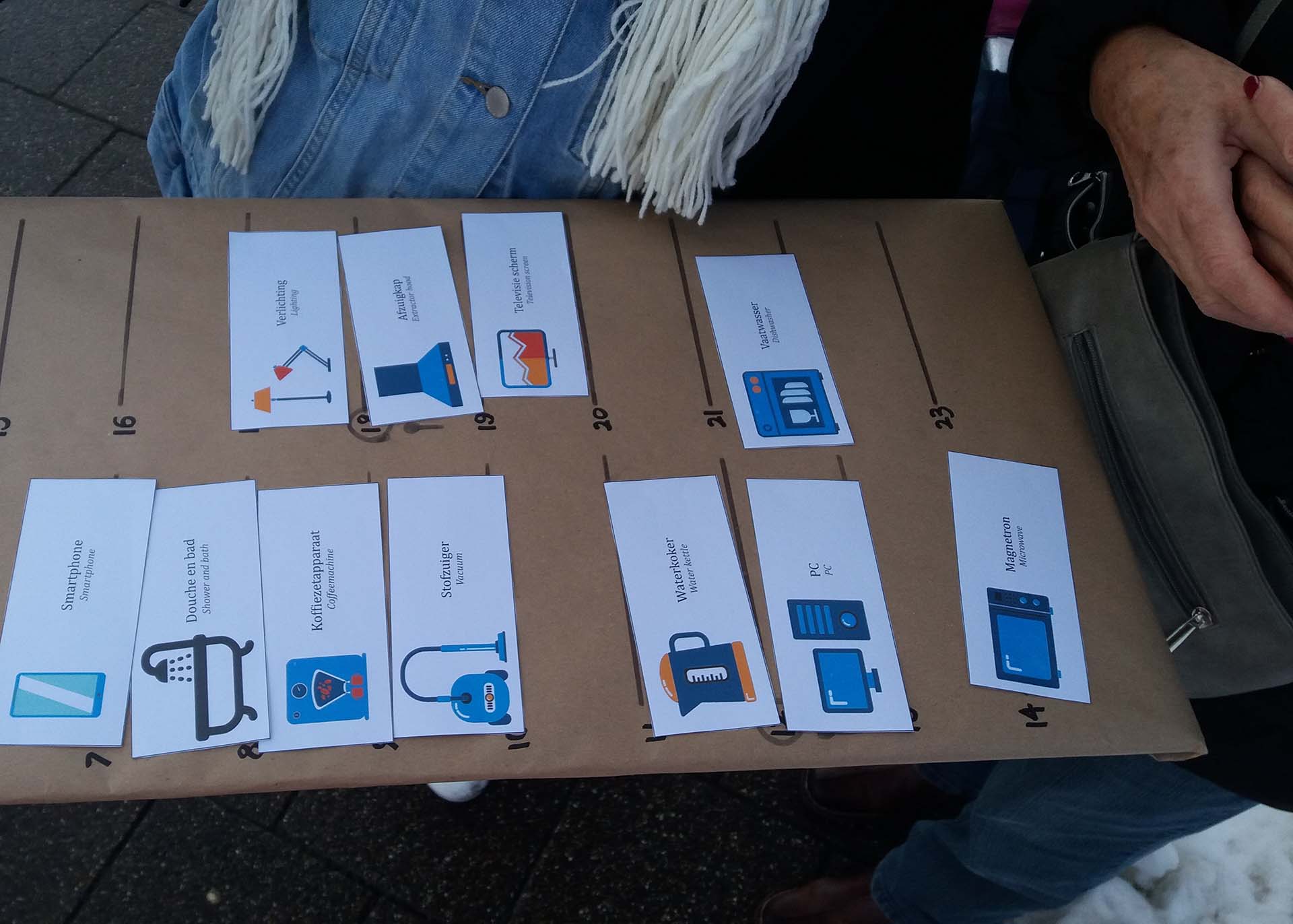
Personas
Persona's were made about the people living in the target area. This was done based on conversations with people living there. This will help to understand the end users better and to keep them in mind while brainstorming and designing for them.
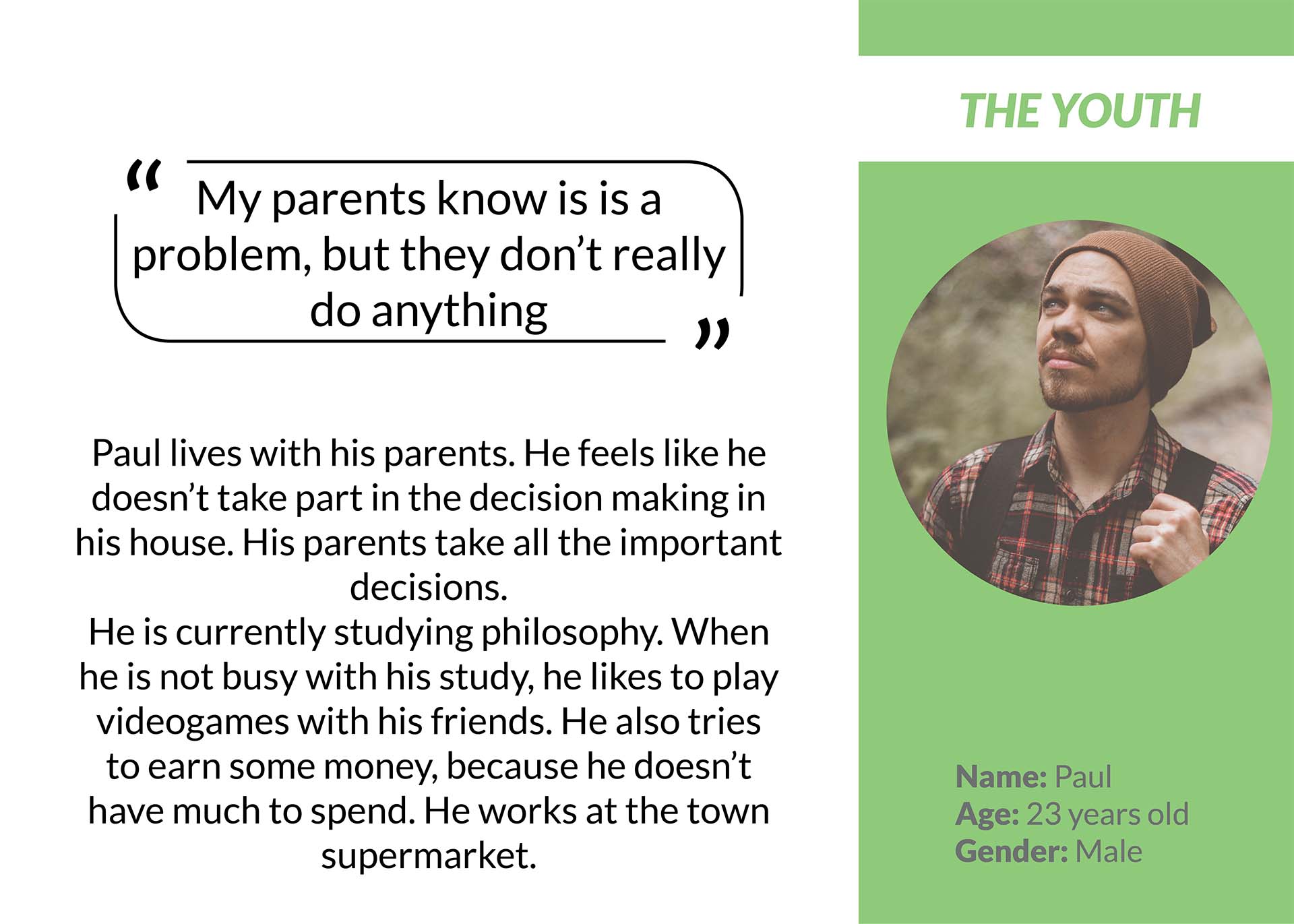
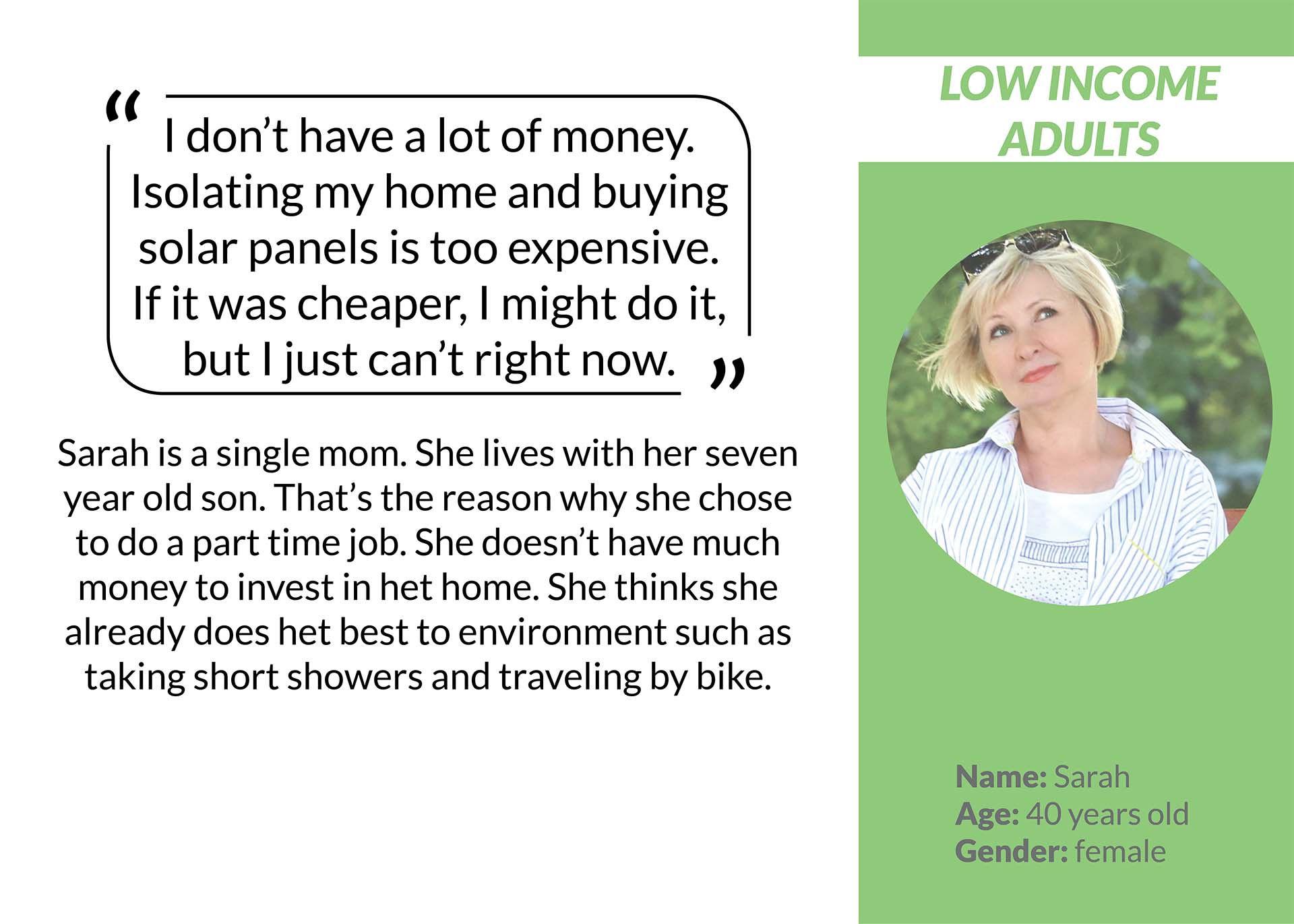
Concepting
Multiple ideas were generated using methods like brainwriting and crazy-8. The main concept was a booklet, which children would get through school, post or in de local stores. The booklet will give them tips and tricks in a fun and creative way.
Studies have shown that parents also learn from the things their children learn. This way the parents will learn about new innovative ways to improve their homes and their way of living.
Co-design session:
To get feedback a co-design session was arranged. 11 children aged 7 to 12, were asked to draw the devices which they thought used the most energy in their homes. Afterwards the first chapter of the booklet was presented. Their reactions were observed when they used the booklet and questions about it were asked.

Het Energie Boekje
The final concept is an interactive booklet, named Het Energie Boekje which means The Energy Booklet. The booklet consists of eight chapters divided over 72 pages. Every chapter focuses on a different room in the house: living room, kitchen, bathroom, bedroom, study room, laundry room, outside and reward systems. Every chapter starts off with an introduction page. On this page the devices in that room will be introduced. Every character says something; this can be either a hidden tip or something funny. After the introduction, pages as tips, challenges and stories will follow. The tips are visualised as checklists. This might trigger the users to check all of them off. The tips are small, medium and big steps and are focused on the devices or room.
